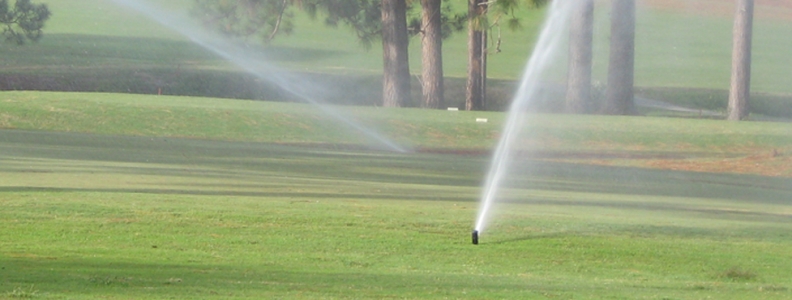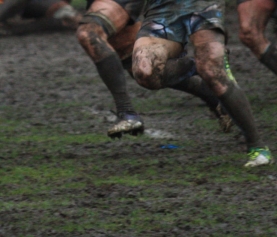
5 Ways Turf Managers Can Reduce Water Usage
Drought conditions over the past decade have heightened our awareness of the value of water usage in Australia, and the need to manage it prudently.
For turf managers, this often creates added pressure to reduce our water usage without compromising the quality of the surfaces we produce.
In working with a variety of facilities and surface types, the following are five areas that have been found to deliver considerable water savings without spending a lot of money or compromising turf quality – and in fact, often enhancing it!
1. Sprinkler head adjustments
Sprinklers that are out of alignment or buried under grass have no hope of providing uniform coverage, so we end up over watering some areas in an effort to keep others alive.
Check that all heads have a fair chance of performing efficiently before anything else.
2. ‘Catch-can’ test
Knowing how much water our irrigation system applies (i.e. mm/hr) immediately improves our ability to schedule irrigation more efficiently rather than simply running the system for “so many minutes.”
A ‘catch-can’ test is simple but extremely valuable, and can help identify problems that may not be obvious to the naked eye.
3. Irrigation timing and climatic-based scheduling
Water applied at the wrong time of day can lead to enormous wastage, and add to turf stress. Irrigating just prior to dawn provides the best opportunity for water to percolate into the soil without being evaporated, while reducing the amount of time the turf leaf is wet and susceptible to fungal disease pressure.
By using Bureau of Meteorology data and knowing the water use requirements of our turf species, we can accurately schedule the right amount of water (mm not minutes) to meet the plant’s needs and further reduce wastage.
4. Relieve Compaction
The soil is the plants water reservoir, and the deeper we get the water into the soil, the deeper the reservoir becomes, reducing the influence of evaporation and encouraging deeper root growth.
Soil compaction is a major barrier to water movement, and therefore it is critical that this be managed routinely through variable depth compaction relief throughout the year.
5. Wetting Agents
No irrigation system is 100 per cent efficient, and no soil is 100 per cent uniform. Wetting agents used correctly can assist to reduce the impact of these imperfections, and reduce water use by assisting it to get to the soil where it is needed.
Know of some more simple water-saving tips? Leave a comment below!
Image Credit: nlbarber








